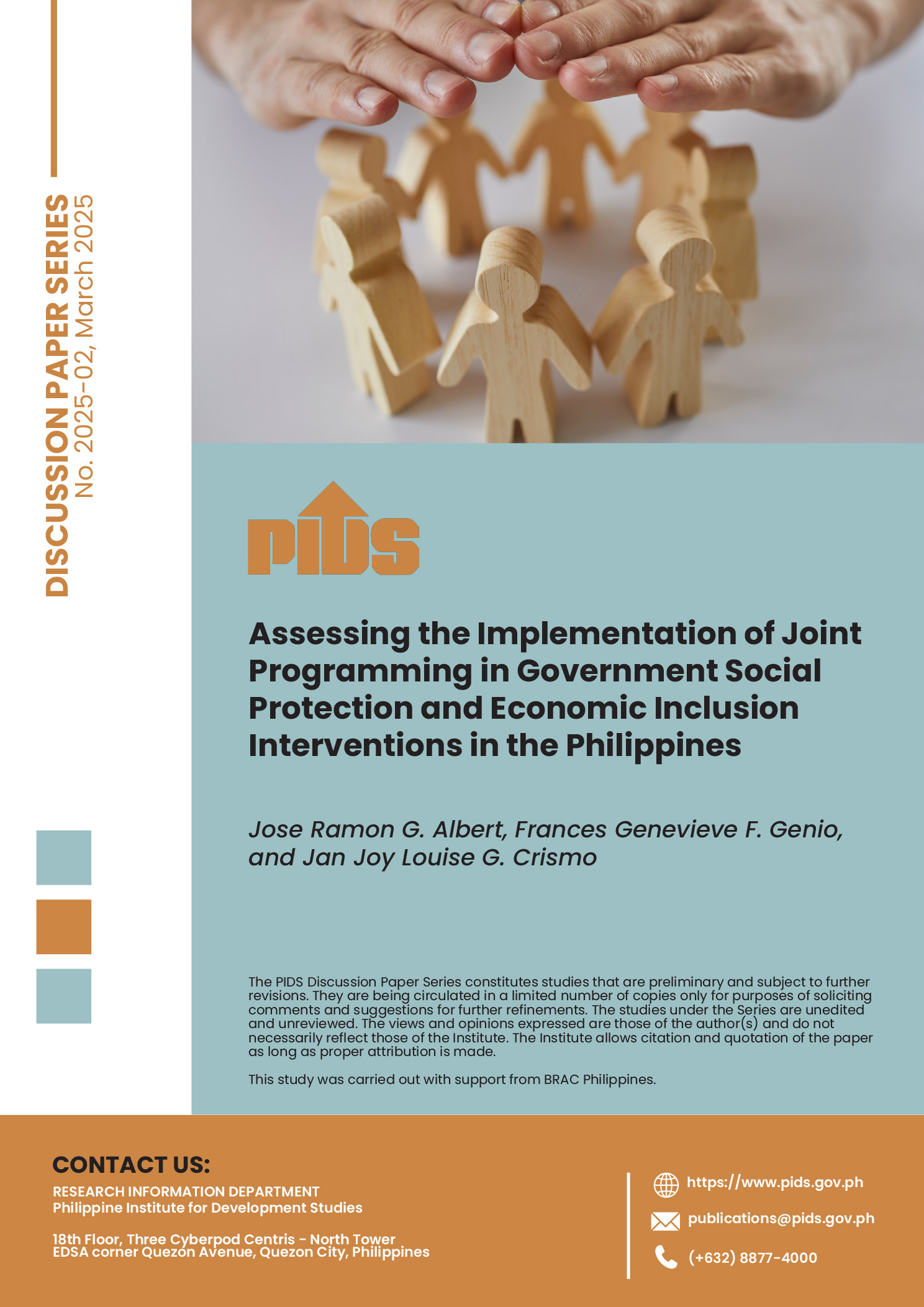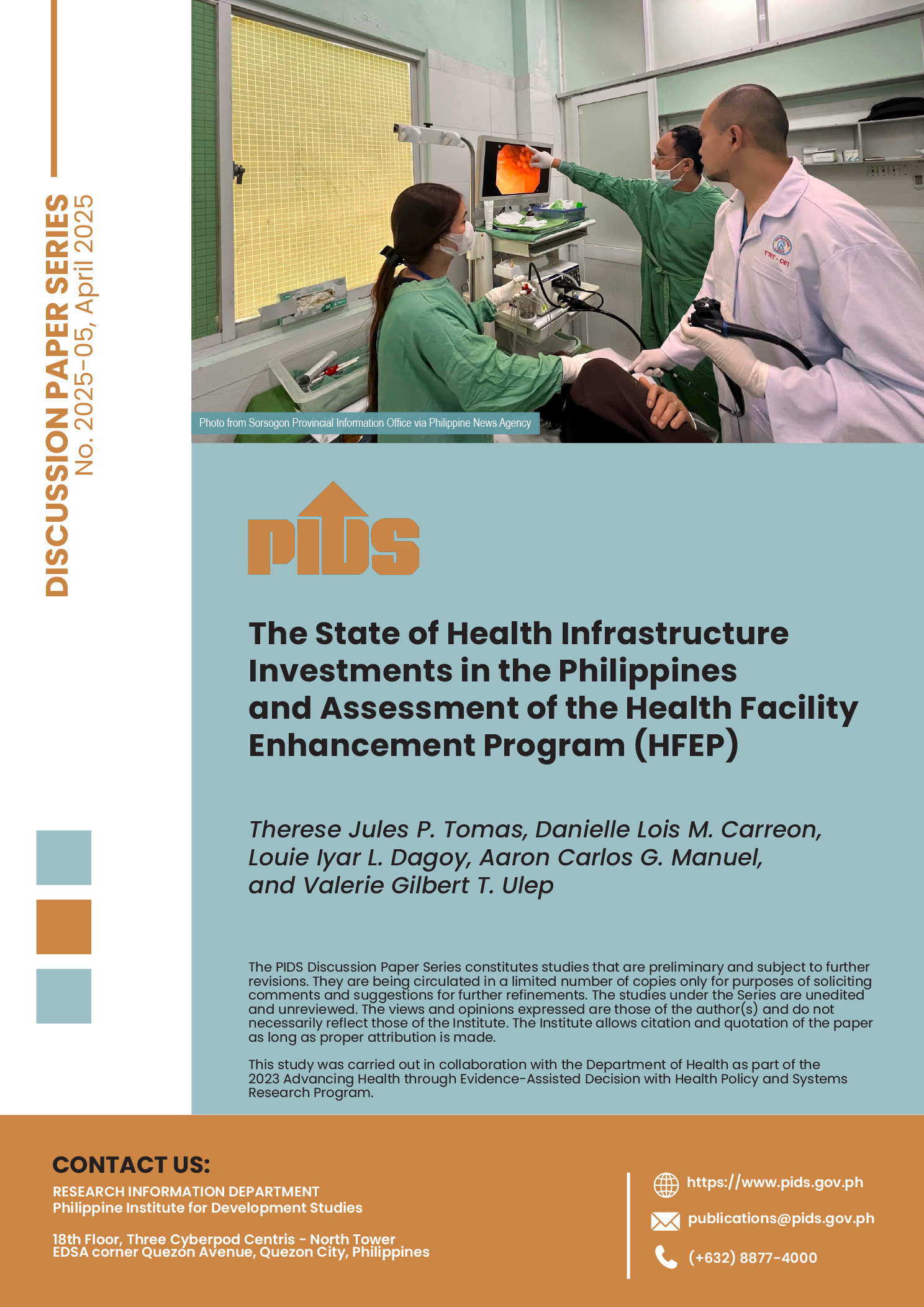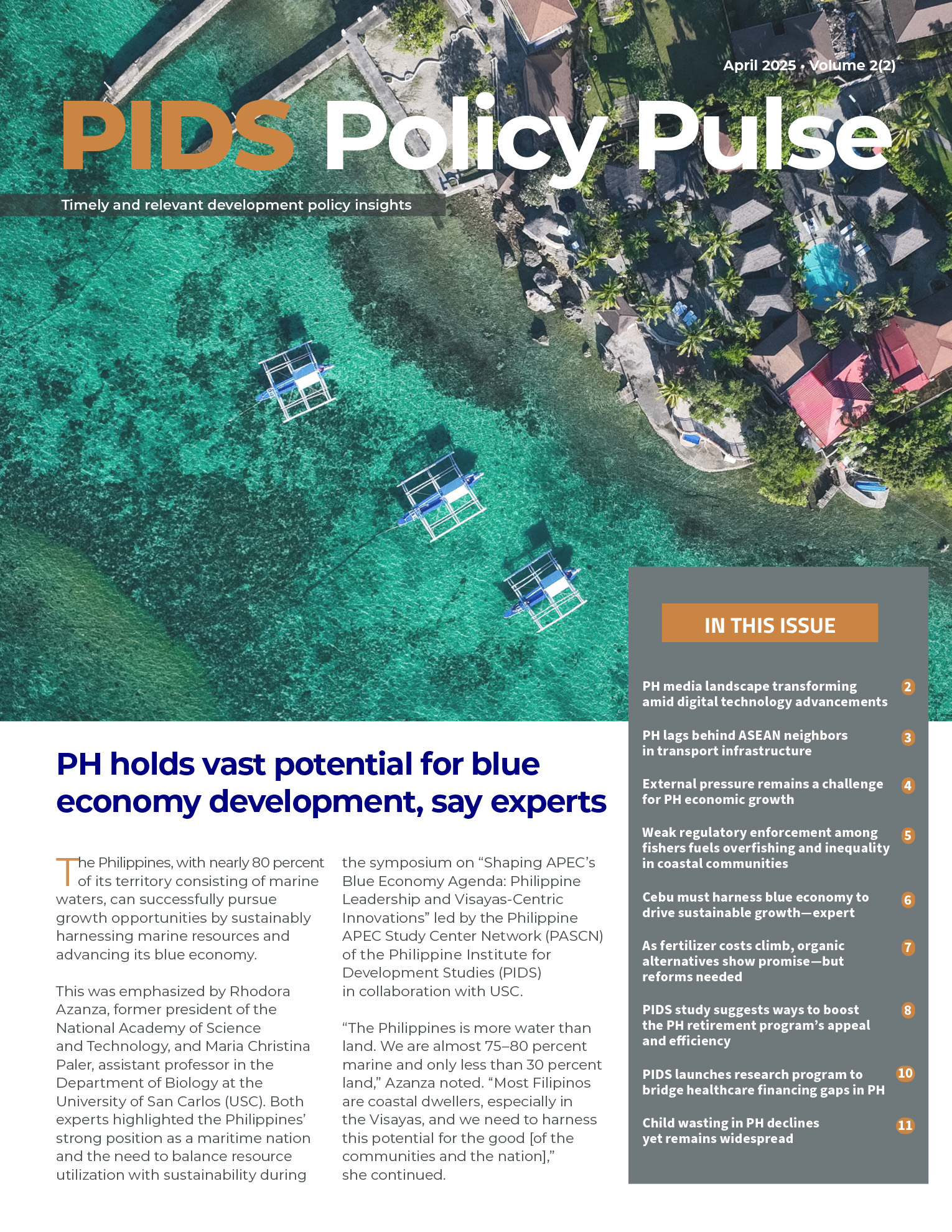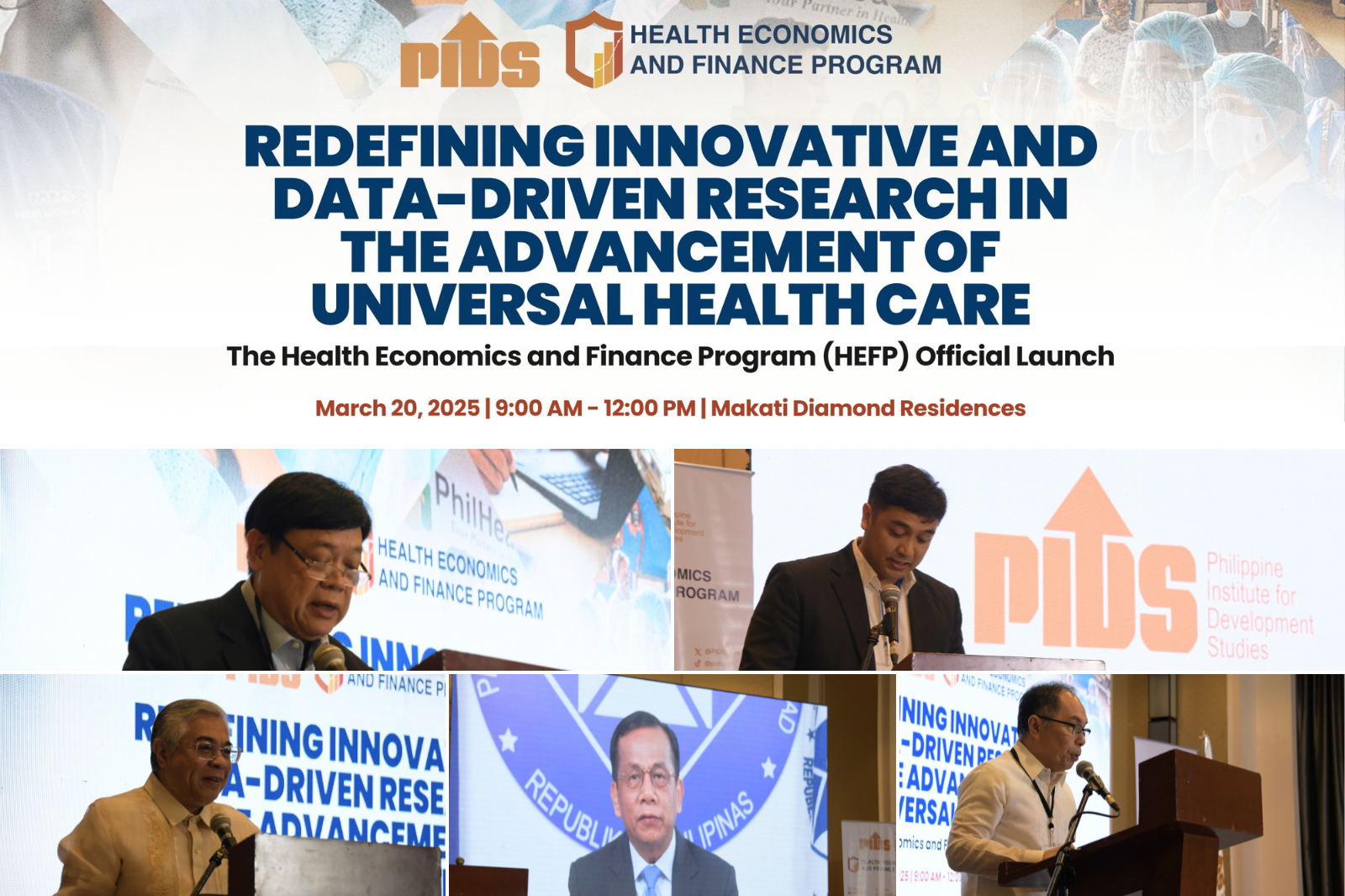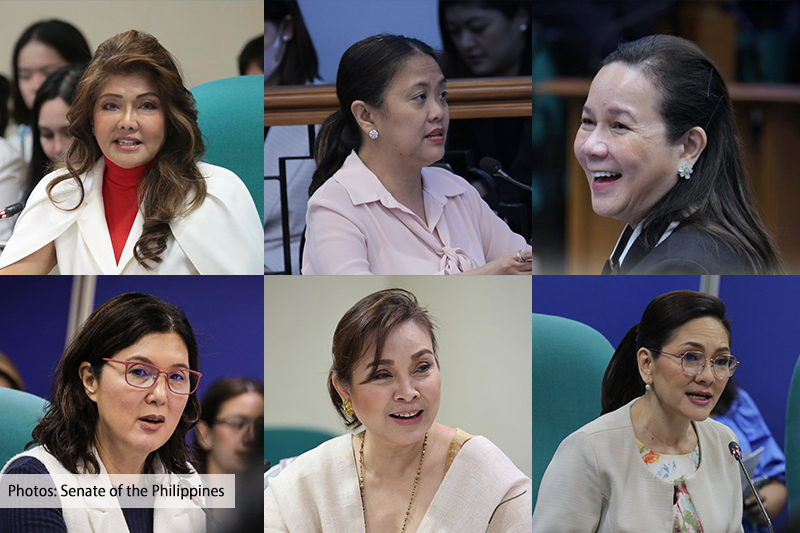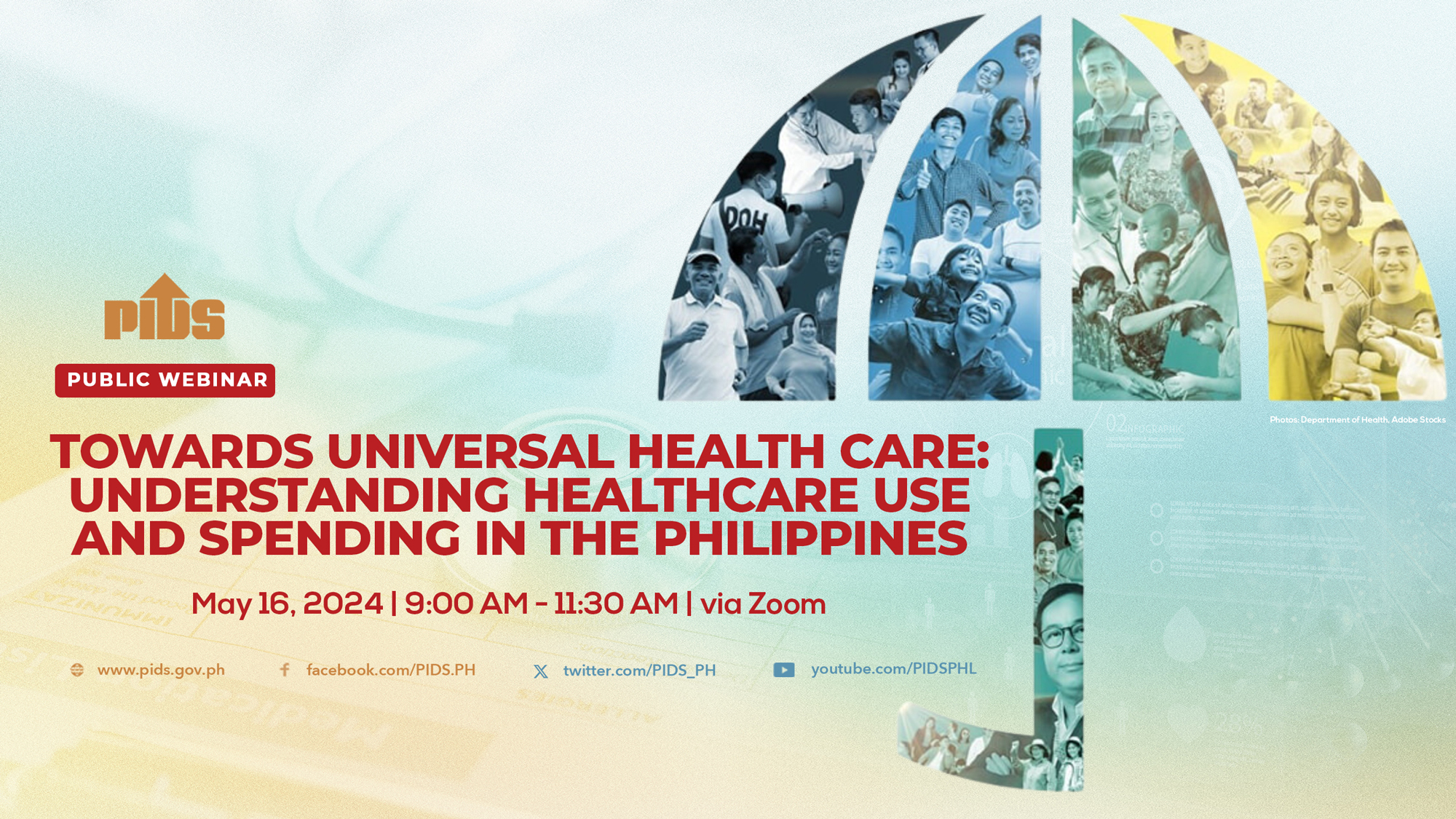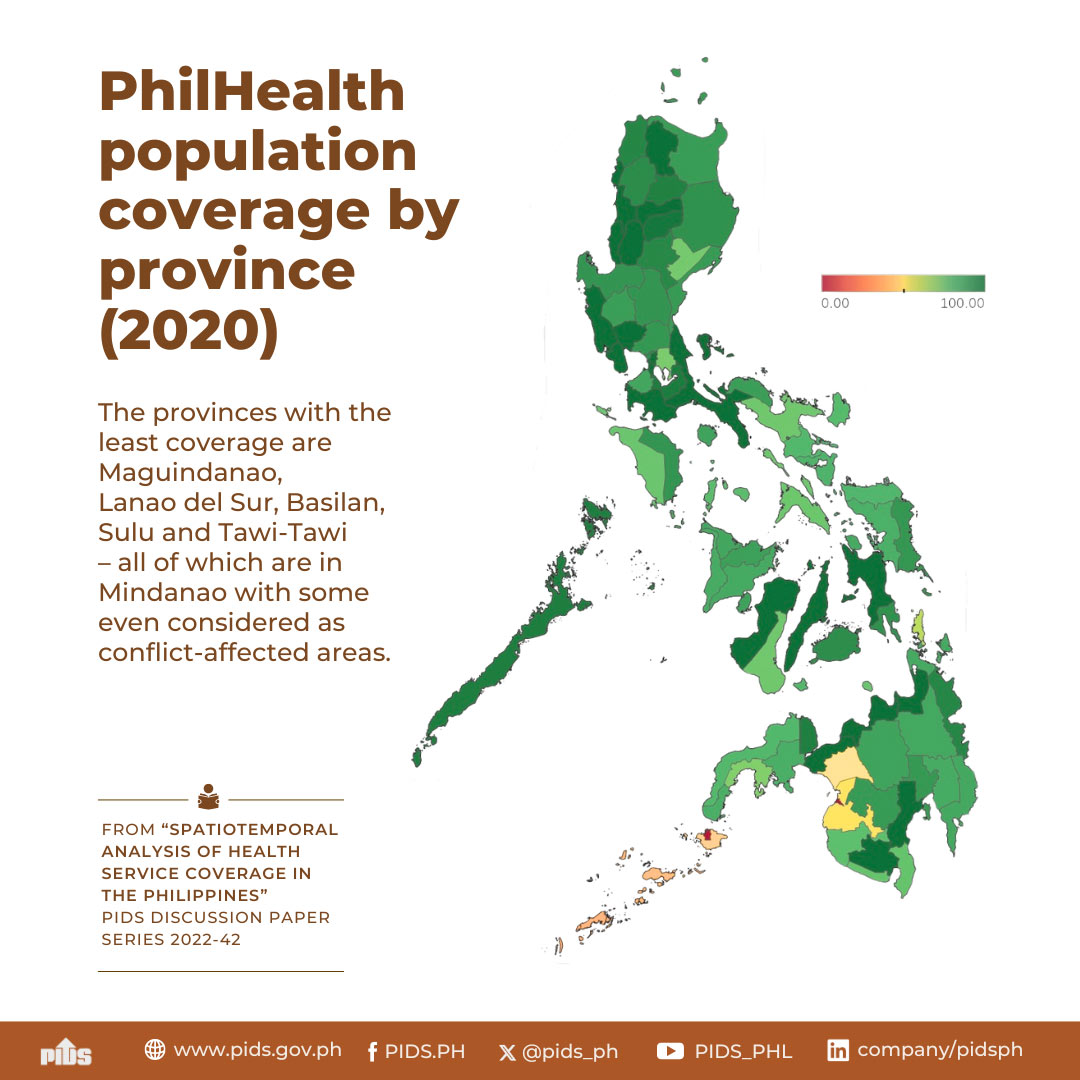After over two years since the pandemic struck, President Ferdinand Marcos Jr.'s administration faced the demanding responsibility of restoring the nation’s health. With the global emergency status of COVID-19 ending, Marcos claimed that the country can now “refocus” its priorities on the development of the economy.
Key to achieving economic growth is his 10-point agenda which includes affordable and universal health care for all Filipinos. Although Marcos emphasized prioritizing accessible health care, barely any headway has been made in the country’s health sector since his term began. The absence of health care policies and concrete vision reflects the president’s indifference towards the welfare of health workers and citizens.
During the launch of the South Cotabato province-wide health care system last June, Marcos expressed that his administration would thoroughly study the implementation of the Universal Health Care program. The passage of the Universal Health Care Act in 2019 under the Duterte administration allowed all Filipinos to be enrolled in the national health insurance program. Despite this, patients still shoulder 60 percent of their health expenses, according to a study by the Philippine Institute for Development Studies. Although the elderly have the largest health expenses, they have the lowest share of claims in the insurance, along with women, rural, and poor subpopulations who face the greatest financial risk.
Aside from affordability, other dimensions important to gauge a population’s access to health care are the availability of hospitals or care centers, the willingness of people to use the service, their contact with the service, and the effectiveness of the health care, as per a World Health Organization framework.
The country currently lacks health institutions. Even if there are existing hospitals, public ones remain limited. Thus, seemingly following the footsteps of the dictator Marcos Sr., the current president intends to establish more specialty centers. He also pushes for the creation of a center for disease control and prevention, and a virology and vaccine institute, per his Development Plan.
Robert Mendoza, national president of the Alliance of Health Workers (AHW), said that added specialty centers outside the capital can help patients from the province who have to travel to Manila just to get treated. However, services from these institutions must be accessible to everyone. “Ang panawagan natin ay dapat libre ito. Hindi dapat ginagawang negosyo at dapat yung accessibility ng ating health care system ay maipadama ng ating gobyerno,” he said.
While resolving the need for increased hospitals outside urban areas, the government must also improve the situation of health workers, said the Council for Health and Development in a statement last year. Adding more centers amid dismal health worker-to-population ratios, contractualization, and low and delayed wages may only worsen the state of the health system.
Increasing the national budget for health is crucial to fixing the health care system, according to Mendoza. This year, the health sector took up five percent of the national budget, amounting to P296.3 billion. Various health worker organizations pushed for the health budget to be P900 billion this year, which is 10 percent of the national income.
Almost a year has passed since Marcos’s presidency began, yet there are still no concrete policies or beneficial actions for the health sector. Even worse, his delayed appointment of Teodoro Herbosa as the Department of Health (DOH) secretary exposes his detachment from health workers and their concerns.
“Appointing him will surely fatten the bellies of corrupt officials and will further worsen the dismal condition of health workers and the people,” the AHW said in a statement. Herbosa, who served as DOH undersecretary during the Aquino administration, allowed the privatization of government hospitals and operations, such as the Philippine Orthopedic Center. Herbosa also actively red-tagged health workers who demanded benefits and protection during the surge of the virus.
Far from mere pronouncements of improving the situation of health care in the country and erecting infrastructures without improving the conditions of health workers, the president must lay out concrete plans for the sector in his coming State of the Nation Address (SONA).
“Ang panawagan namin para sa kanyang SONA sa July 24 ay isama ang issues at concerns ng health care workers especially sa usapin ng sahod, mass hiring, contractualization, at talagang bigyang prayoridad ang kalusugan ng mamamayan at karapatan ng health workers,” said Mendoza.

